Beginner Glute Activation
- • Focus on fundamental movements
- • Build mind-muscle connection
- • Consistent form practice
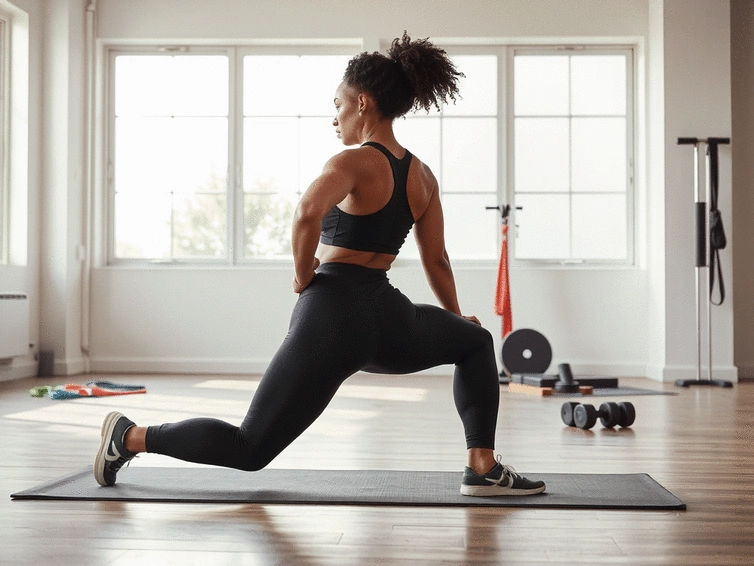
Engaging your glutes isn't just about aesthetics; it's a crucial aspect of your fitness journey that can improve your performance and prevent injuries. Let's explore the significant insights you'll gain about glute activation!
Tracking your progress in glute activation is crucial for understanding how far you’ve come. This visual outlines key stages and monitoring methods to help you on your journey.
Have you ever wondered why glute activation is such a hot topic in fitness? Well, let me tell you, it’s crucial for overall health, posture, and even injury prevention! By activating your glutes, you not only enhance your workouts but also support your body in daily movements.
When your glutes are engaged, they help maintain proper alignment of your pelvis and spine. This can prevent injuries, especially if you’re participating in high-impact activities or strength training. So, activating those muscles is a game-changer for anyone starting their fitness journey! Research highlights the importance of gluteal muscle activation in preventing injuries and improving physical performance, as detailed in this study on gluteal muscle activation.
For beginners, understanding the significance of glute activation is key! Engaging your glutes can lead to better results in both strength and aesthetics. Here’s why it matters:
By focusing on glute activation, you’re setting a solid foundation for your fitness journey. It’s about connecting to your body and understanding how these muscles play a crucial role in your movement.
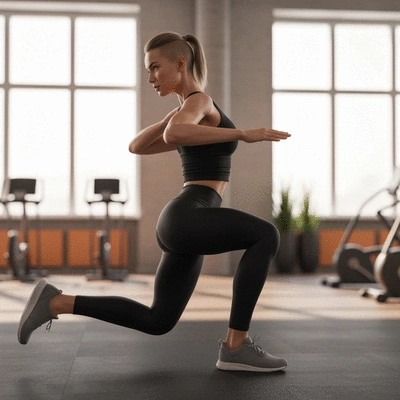
Now let’s talk about how well-activated glutes can improve your athletic performance. Whether you’re running, jumping, or lifting weights, your glutes are the powerhouse behind these movements! For a deeper dive into how glutes impact athletic ability, check out this article on gluteal muscle involvement in athletic performance.
In essence, the role of your glutes extends beyond the gym. They are vital for functional movement in everyday life, making glute activation a priority in your workout routine. So, let’s get ready to activate those glutes!
The hip thrust is a fantastic way to engage your posterior chain, primarily your glutes! To perform this exercise, sit on the ground with your upper back against a bench. Roll a barbell over your hips, and press through your heels to lift your hips toward the ceiling. Remember to squeeze those glutes at the top!
Not only does this exercise target your glutes, but it also helps with overall hip stability. I often recommend my clients aim for three sets of 12-15 reps to get the most benefit.
The glute bridge is another essential exercise that builds a strong mind-muscle connection. Lie on your back with your knees bent and feet flat on the floor. Press through your heels, lift your hips, and squeeze your glutes at the top. This movement is perfect for beginners and can be done anywhere!
It’s so rewarding to feel those glutes working, isn’t it? I always encourage my clients to start with three sets of 10-15 reps, focusing on form to maximize benefits.
Banded abductions are fantastic for targeting the glute medius, which is essential for hip stability. To perform this exercise, place a resistance band just above your knees. Stand with your feet hip-width apart and take small steps to the side while keeping tension on the band.
This exercise not only strengthens your glutes but also enhances your balance and coordination!
Step-ups are a great functional movement that directly engages your glutes. To execute step-ups, find a sturdy bench or step. Step onto the surface with one foot and drive through your heel to lift your body up, then lower back down and switch legs.
This exercise mimics real-life movement patterns and helps improve your overall strength!
Donkey kicks are perfect for beginners looking to engage their glutes isometrically. Start on all fours with your hands under your shoulders and knees under your hips. Lift one leg toward the ceiling while keeping your knee bent, squeezing at the top.
This exercise targets your glutes effectively and can be done at home without any equipment!
Fire hydrants are a fun way to engage multiple glute muscles at once. While in the same all-fours position, lift one leg out to the side, keeping your knee bent. Focus on squeezing your glute as you lift!
This exercise is not only effective but also adds a little variety to your routine!
Clamshells are a classic exercise for strengthening the gluteus medius. Lie on your side with your knees bent and feet together. Keeping your feet touching, lift your top knee as high as you can without rotating your hips. This small movement is surprisingly effective!
Clamshells help improve stability and strength, making them a great addition to any routine.
Bulgarian split squats take your glute activation to the next level! To perform this exercise, place one foot on a bench behind you. Lower your body into a lunge position, ensuring your front knee doesn't go past your toes. Push through your front heel to return to standing.
This move is fantastic for building strength and stability in the glutes.
Lateral band walks are excellent for building stability in the glute muscles. Stand with feet hip-width apart, and place a resistance band just above your knees. Take small steps to the side, maintaining tension on the band.
This exercise not only targets your glutes but also helps improve lateral stability!
The single-leg deadlift is a fantastic way to enhance balance and glute strength. Stand on one leg, holding a dumbbell in the opposite hand. Hinge forward at the hips, lowering the weight toward the ground while keeping your back flat.
This exercise challenges your stability and enhances the mind-muscle connection, making it a must-do in your glute activation routine! For more exercises that build stronger, more powerful glutes, you can explore resources from experts like those at MyTPI.
To maximize your glute activation, consider incorporating a variety of bodyweight exercises alongside resistance bands. This combination not only enhances muscle engagement but also helps prevent workout monotony. Remember to focus on your form and the mind-muscle connection to truly feel the burn!
Tracking your progress in glute activation is crucial for understanding how far you’ve come and what adjustments you might need to make. As someone who has been on this journey myself, I know the importance of seeing improvements over time. This not only boosts motivation but helps you refine your technique for even better results. Let’s dive into some effective ways to measure your muscle engagement!
For beginners, measuring progress can feel overwhelming, but it doesn't have to be! Here are some simple tips to help you track your glute activation progress:
By implementing these tracking methods, you can gain valuable insights into your glute training journey. Remember, consistency is key, and every little bit of progress matters!
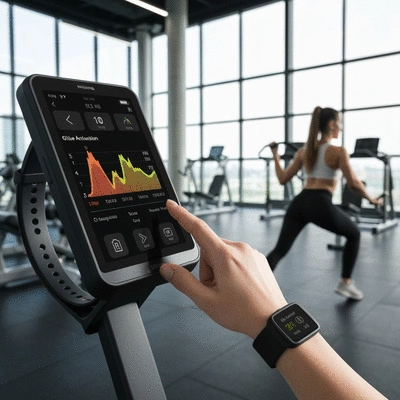
To assess your activation effectively, there are a few tools and techniques you can incorporate into your routine:
Using these tools will help you gain a deeper understanding of your muscle engagement. I often remind myself to check in with my body and ensure I’m activating my glutes effectively!
Creating a sustainable workout plan is essential for incorporating glute activation into your routine. Start by setting realistic goals that align with your fitness level and schedule. Here are some steps to consider:
This approach not only aids in achieving your goals but also keeps your fitness journey enjoyable and rewarding!
Resistance bands are a fantastic addition to any glute workout! They can intensify exercises and improve muscle growth. Here’s how to use them effectively:
Incorporating these elements will not only help you feel the burn but also enhance your overall workout experience!
Consistency is your best friend on this journey! Progress takes time, and it’s vital to stay committed. While results may not be immediate, remember that every workout counts. Celebrate the small victories along the way, whether it’s completing an extra set or feeling stronger during your exercises!
Are you ready to take the leap? Start integrating these glute activation exercises into your routine and track your progress! I’d love to hear about your experiences and any challenges you face. Let’s support each other on this journey to stronger, more activated glutes! Share your thoughts in the comments below!
Here is a quick recap of the important points discussed in the article:
Glute-Focused Deadlift Variations Explained
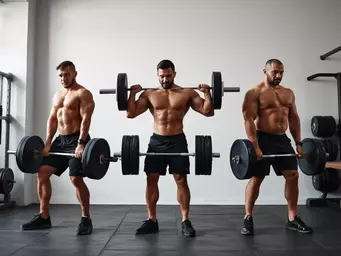
Consider this: strong glutes not only enhance your physique but also play a pivotal role in your ove
Boost Your Glute Activation Today
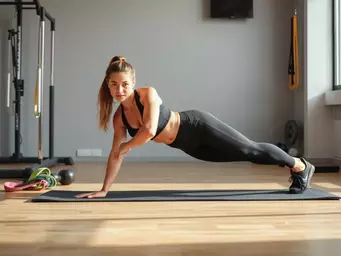
What if I told you that engaging your glutes can significantly enhance your athletic performance and
Dumbbell Moves for Stronger Glutes

Are you ready to strengthen your glutes and boost your confidence? Dive into the world of effective
Glute-Focused Deadlift Variations Explained
Boost Your Glute Activation Today
Dumbbell Moves for Stronger Glutes
Hip Thrusts or Squats: Choose Wisely
Glute Activation Moves Before Workouts